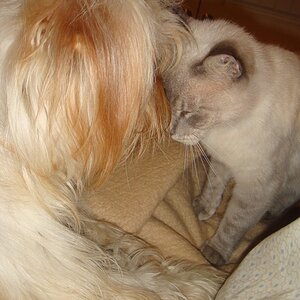- Joined
- May 11, 2005
- Messages
- 5,787
- Reaction score
- 97
- Location
- Houston, TX
- Website
- jwdphotography.com
Before I load up my beautiful roll of Kodak HIE Infrared film, I thought I should be completely clear on how to shoot it. I know that with film, the only filter you really need is a red filter, but my question is on exposure. Will the internal light meter be reasonably accurate, or do I sort of guess on exposure?
Also, if anyone knows anything about the Nikon 2020 body, does it fog IR film, or will I be fine? Thanks!
Also, if anyone knows anything about the Nikon 2020 body, does it fog IR film, or will I be fine? Thanks!



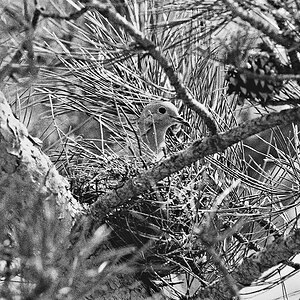
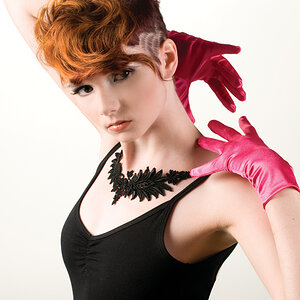
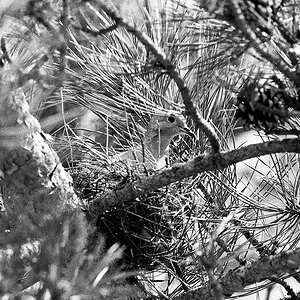
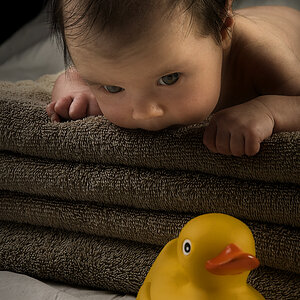
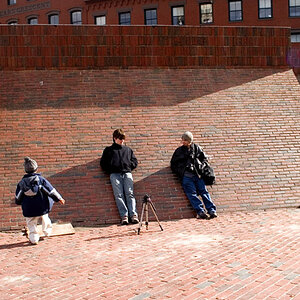
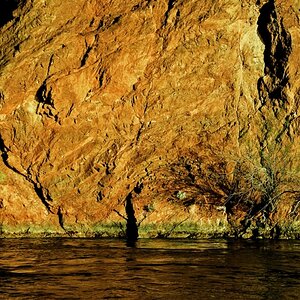
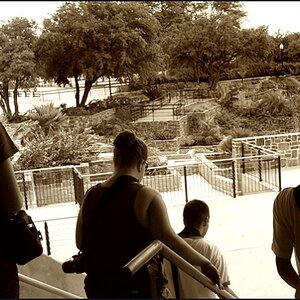
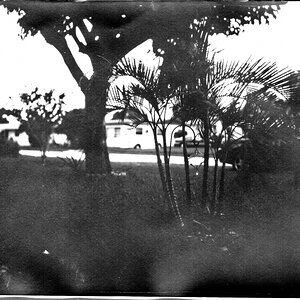
![[No title]](/data/xfmg/thumbnail/41/41764-1385c153e9fea917b7efea0bbde7eefe.jpg?1619739885)
